How to choose lamps for a false ceiling?
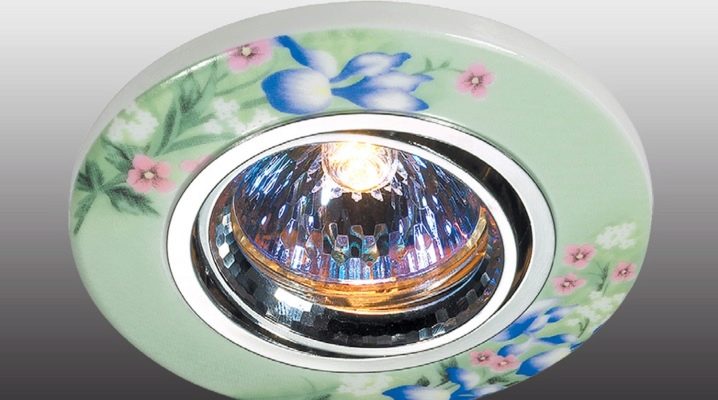
It is better to entrust the preparation of a lighting project for a suspended ceiling to professionals - an interior designer or an electrical engineer. However, if you prefer to do this work yourself, then you will probably need information on how to choose not only suitable ceiling lamps, but also lamps for them. It is about them that will be discussed in our article.
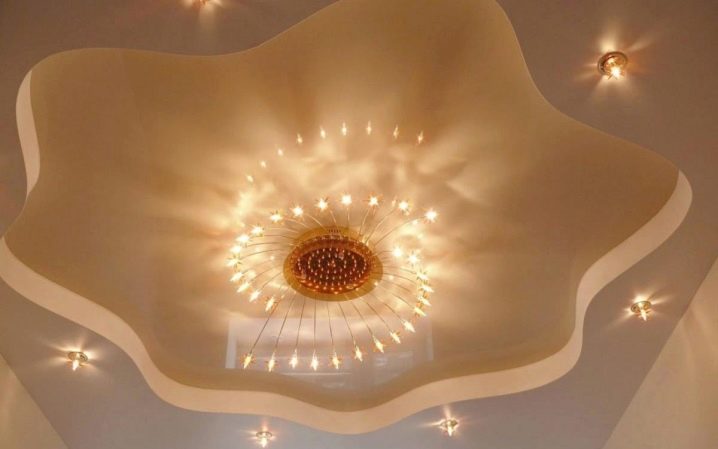
Peculiarities
After the walls in the room are plastered, the electrician proceeds to the installation of electrical wiring, and places the electrical leads for future fixtures according to marks or according to the project. After all the rough and finishing work on the walls has been completed and the suspended ceiling has been mounted, they proceed to the next stage - the choice of lamps for ceiling lamps.
Examples of suspended ceilings are plasterboard structures., tiled models, cassette-type options, rack, tension. The suspended ceiling gives ample opportunities in choosing the shape and design of both the coating itself and ceiling lamps and lamps for them.

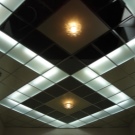
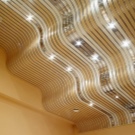
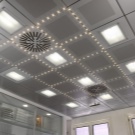
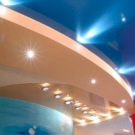
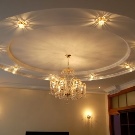
Views
Currently, lamps for false ceilings can be divided into several categories according to different functional characteristics. Depending on the type of light source, the following types are distinguished: halogen, LED, fluorescent, incandescent, energy-saving. The peculiarity of their choice depends on several factors: appearance, security, direction of the luminous flux.
Halogen
Such lamps are filled with a buffer gas. Despite the fact that halogen bulbs are environmentally friendly and have a significant service life, they have high heat transfer and do not save energy consumption, so it is better to install them in places where light is needed periodically. It can be a bathroom, toilet, dressing room, hallway.
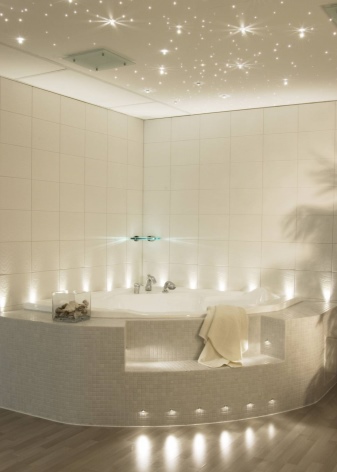

Inside the bulb is a metal spiral surrounded by halogen vapors of either iodine or bromine. Thanks to this, the metal from the spiral does not evaporate, and the lamp life is significantly increased.
Pros of halogen lamps:
- the light of the bulb itself is very comfortable for vision, the eyes do not get tired in the room where they are located;
- do not consume much energy, economical option;
- operate longer and do not require frequent replacements;
- wide range of shapes;
- compactness.
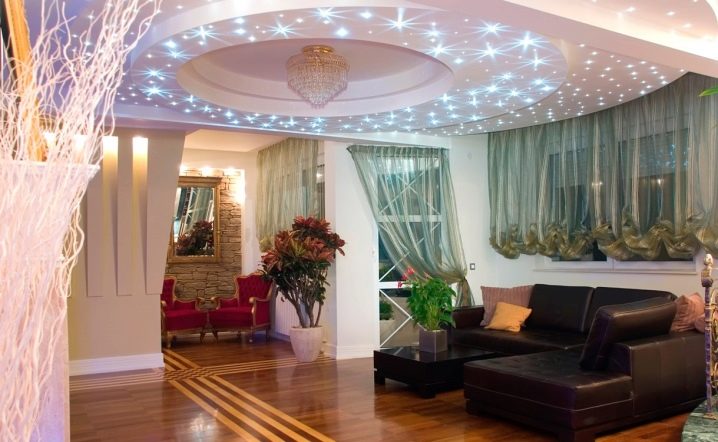
However, they also have certain disadvantages.
- The heating temperature of the flask can rise for a number of reasons, therefore, it is not recommended to place them inside the false ceiling.
- If contamination appears on the glass surface, the lamp fails, because the glass in this place can reach critical temperatures and burst.
- It is important to remember that it is necessary to install such lamps only with gloves and with extreme care in order to preserve their integrity. When selling halogen lamps, gloves are often included in the kit, in which you will need to install the lamp.
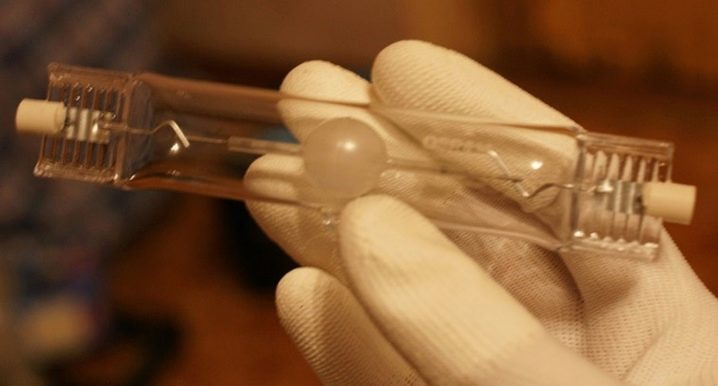
LED
The safest and most economical option in terms of energy consumption. Despite the fact that they are quite expensive compared to other types of lamps, they have a very long service life (15-20 years), are not sensitive to voltage surges, are durable and do not heat up. Due to their safety, such light sources are recommended to be installed in children's rooms, as well as where family members spend most of their time, for example, in the living room, study, in the kitchen of an apartment or house.
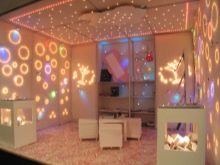
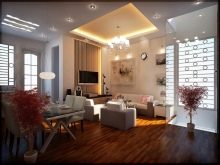
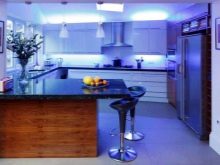
For a suspended ceiling, this is the best solution. These bulbs have many advantages and only one disadvantage.
Pros:
- energy saving;
- environmentally less harmful of all types of lamps;
- the light of these lamps is favorable and comfortable for human eyes, as it is as close as possible to sunlight;
- the number of on and off cycles does not matter;
- LED bulbs last from 50 to 100 thousand hours in continuous mode;
- a wide range of light bulb shapes.
The only drawback is the higher cost compared to all other types of lighting. However, the high cost is fully justified by the duration of use and the scarcity of replacement.

Incandescent lamps
This is the oldest type of light bulb. For more than a century, the brainchild of Thomas Edison has made people all over the world happy. It is a metal spiral enclosed in a vacuum flask.
The advantages of this light bulb, in addition to the antiquity of its invention, include low cost, as well as the ability to work at different temperatures and humidity. But there are many more disadvantages, especially in combination with suspended ceilings.

Environmentally friendly both in use and disposal. At the moment, the filament is used, rather, in loft-style pendant lamps. An example is a lamp in the form of a large incandescent lamp or light bulbs enclosed in glass balls for interiors in a modern or high-tech style.

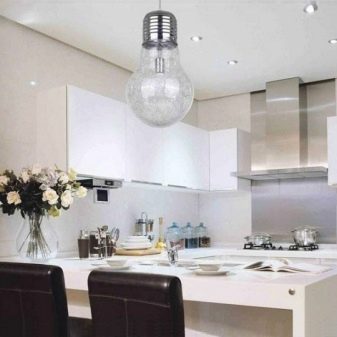
Now let's talk about the cons.
- These bulbs get very hot, and suspended ceilings do not tolerate this. If incandescent lamps are built into the ceiling, then the heat they emit will remain in the space between the ceiling and spoil the structure of the ceilings.
- Not economical. These bulbs convert only about 2% of the energy into light.
- The lamp holder is large and therefore cannot be compatible with the pendant structure.
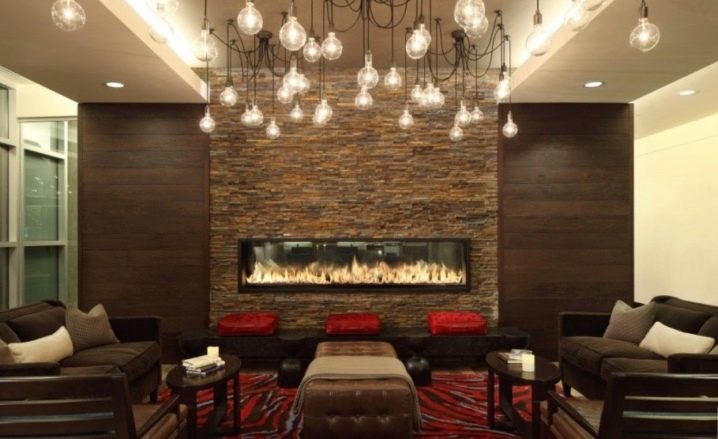
Energy saving
The omission of Edison's creation regarding economy was corrected, and these lamps were born.
Pros:
- do not heat up well;
- you can install them inside the pendant structure if the power is low and outside if the lamp is more powerful.

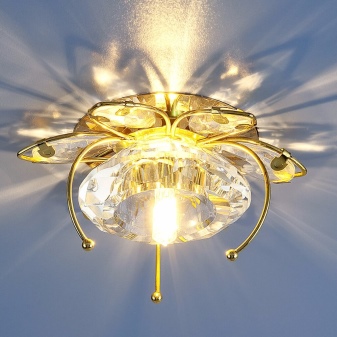
Energy-saving types also have a number of disadvantages.
- It is not recommended to turn them on and off often. Such lamps have a certain number of cycles: the more often they are turned on and off, the less they will work.
- Electronics is a delicate matter and is not compatible with water and humidity, so this type of lighting is not suitable for bathrooms and swimming pools.
- Human eyes get very tired of this kind of lighting. The light from energy-saving lamps is very harsh and different from that of the sun.
- If the lamp breaks, human health could be damaged. Energy saving lamps contain mercury, and mercury vapor poisoning is extremely dangerous for humans. Therefore, if the lamp is damaged, it is necessary to carefully clean the room and ventilate it.
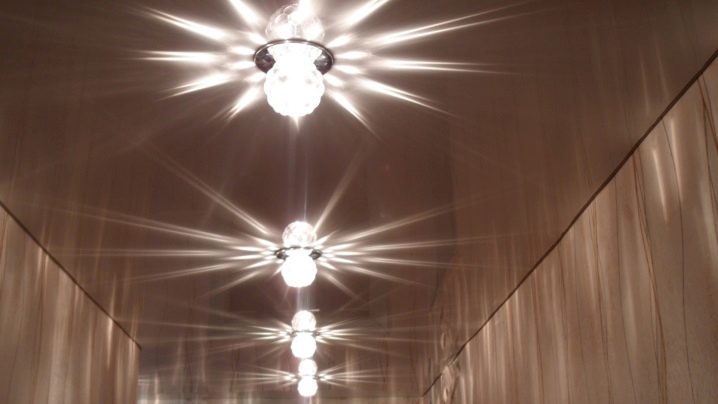
Luminescent
Due to the fact that the bulb of such a lamp is filled with mercury, any damage to it can lead to serious consequences for health. In addition, this type of lamp is sensitive to power surges and is unsafe for the environment, since they are difficult to dispose of due to the release of mercury vapor.
Despite this fact, they are much more economical than incandescent lamps and are quite durable. They are recommended to be installed in industrial premises, in the entrances of residential buildings, in warehouses, in basements, that is, where a person spends a minimum amount of time.
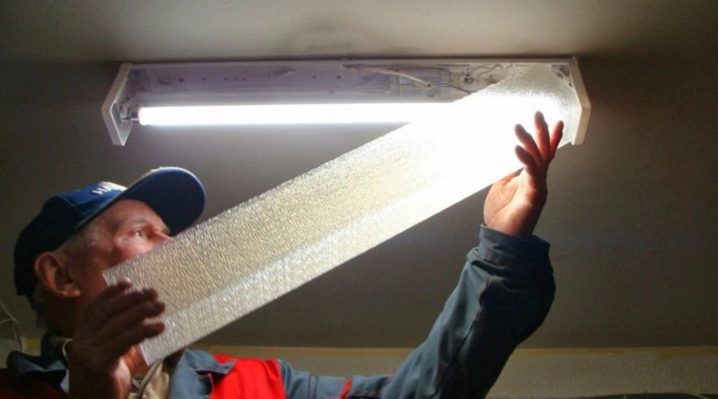
Use cases
In addition to luminaires that are built into a false ceiling or mounted with a suspension, there is another option for lighting the room. When installing a suspended ceiling, you can use plexiglass or frosted glass, and the light sources themselves can be placed both inside the surface (in this case, fluorescent lamps or LED strip can be used), and spotlights can be built into the coating itself.
The LED strip inside the ceiling can change color. In this case, the surface itself becomes, as it were, a great source of illumination. In this case, three lighting options are possible: with the help of a luminous ceiling, built-in lamps, or with the simultaneous use of both methods.
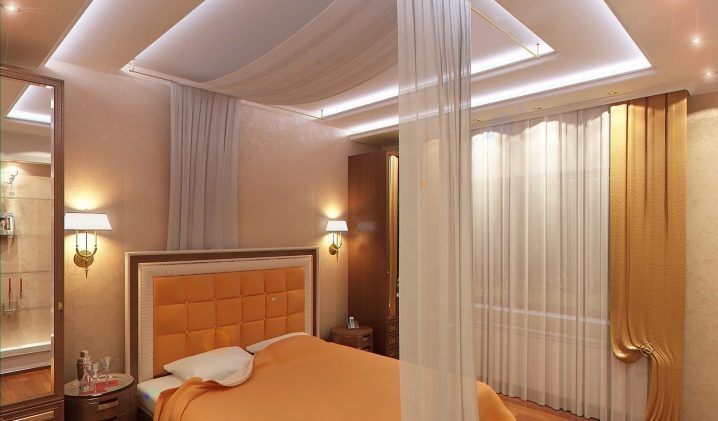
Having studied all the light sources available on the market, their pros and cons, we can conclude that the most durable, economical, in terms of energy consumption, and environmentally friendly options are luminaires that use an LED lamp. The choice of the manufacturer, the method of installation, the location, the number of lamps depends on your own preferences, the purpose of the room, the stylistic orientation of the interior, the design of the ceiling covering. Fortunately, the modern choice of lamps and types of lamps for them allows you to simplify and facilitate this task as much as possible.
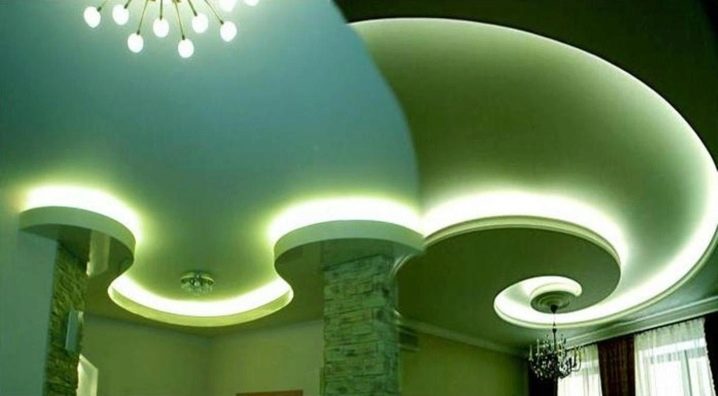
Varieties of lamps
All luminaires for a false ceiling can be grouped according to the installation method: suspended, built-in, point, overhead, spots.
- Suspended ones are called so because they are attached at a distance from the ceiling using special suspensions (cables, pipes). In addition, such luminaires sometimes have the ability to adjust in height. Such models can consist of one or more lamps, which allows you to adjust the brightness of the lighting by turning off individual light sources.
- Among the pendant lamps, a separate group can also be distinguished - spots. A distinctive feature of the spots is the presence of a movable arm, which is used to change the direction of illumination. In addition, the spots are easy to install, visually expand the space, and are available in various configurations that suit any interior style, except perhaps classic and modern.
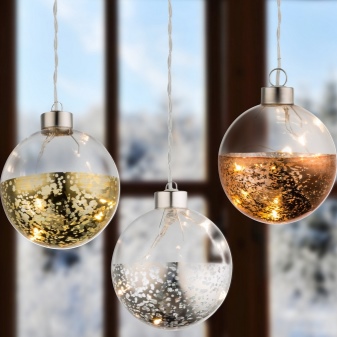
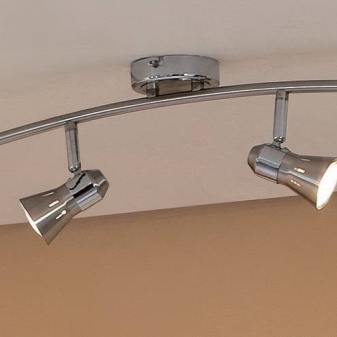
It is advisable to install this type of luminaire in public premises, which require a large number of light sources directed to a certain area, for example, in museums, at exhibitions. Most often, pendant lights can be combined with recessed models.
Recessed luminaires cut into special panels in the suspended ceilings themselves. Several such devices are usually installed in rooms. Among the recessed luminaires, a separate group can be distinguished - spotlights.
This type, in turn, is divided into two subspecies: static, with a constant angle of illumination and rotary, the angle of illumination of which can be changed. Swivel products illuminate any selected interior area, depending on the direction of the light beam. Static models, on the other hand, shine straight down. Among these lamps, you can also find samples of various shapes, colors and sizes.
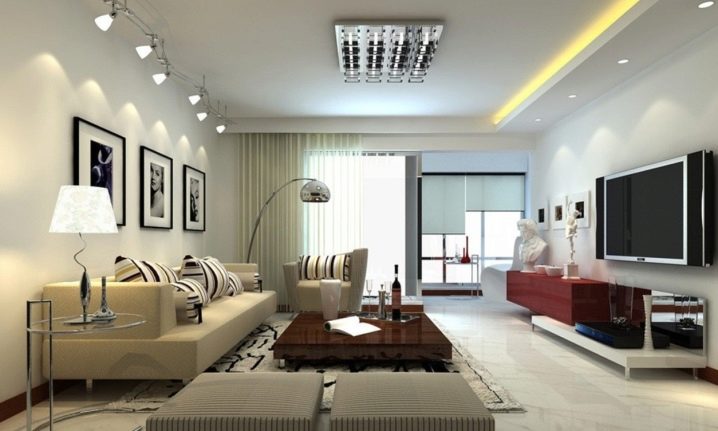
Often, as a decoration, such lamps are complemented by suspended multi-faceted glass balls or other geometric shapes made of glass, through which light passes and is refracted. For these models, lamps of different colors and configurations are used, for example, with an imitation of a burning flame, in other cases the lamp itself is made in the form of a starfish.
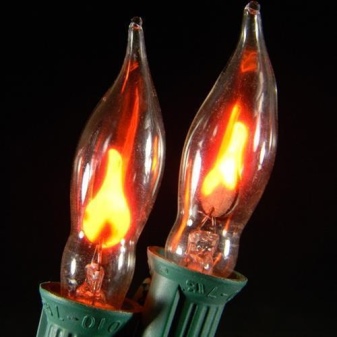
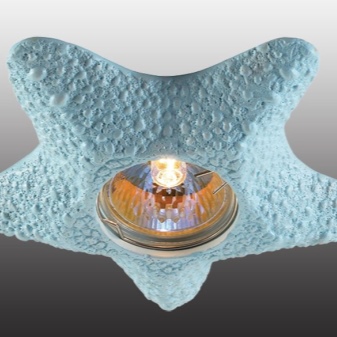
- The body of surface-mounted luminaires is attached directly to the ceiling itself. They are often fitted with reflective elements in order to be able to illuminate most of the room. The models are presented in a variety of forms.
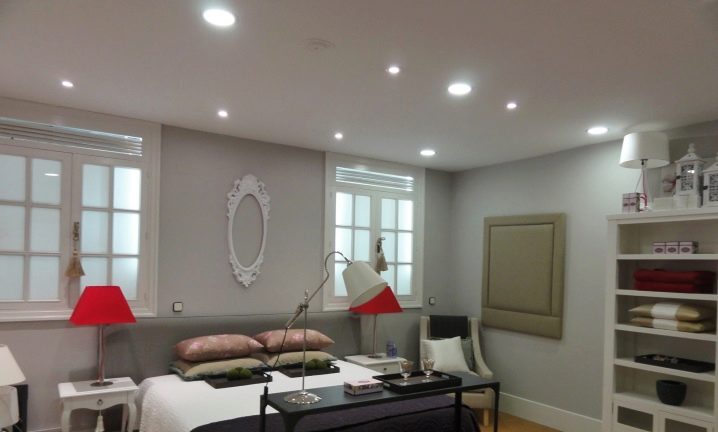
You will learn more about recessed luminaires by watching the following video.













The comment was sent successfully.